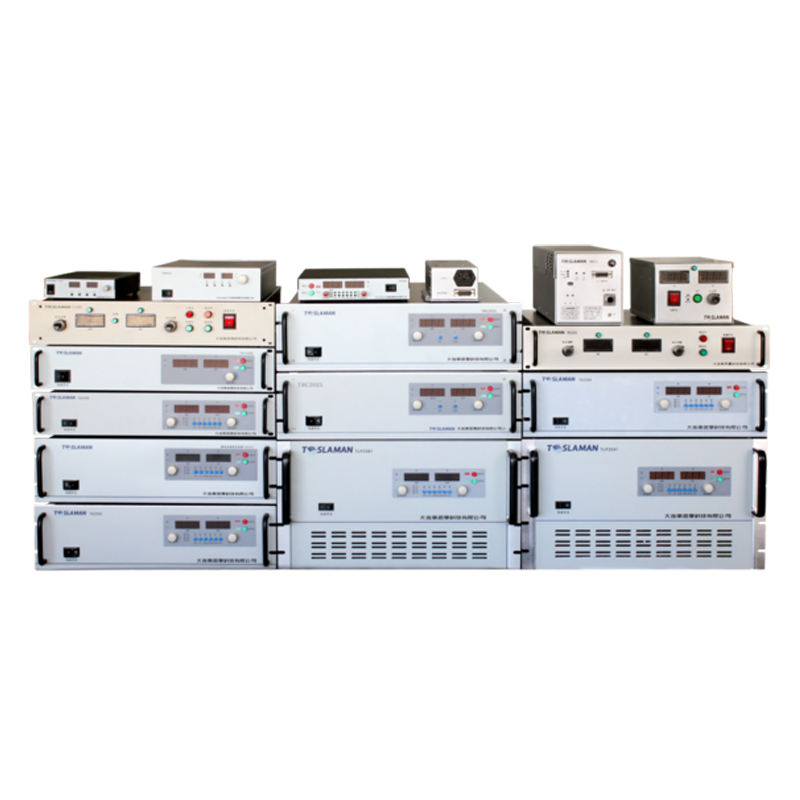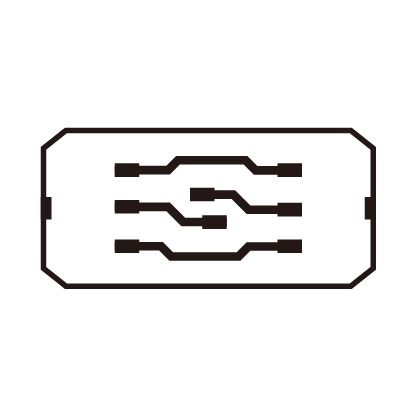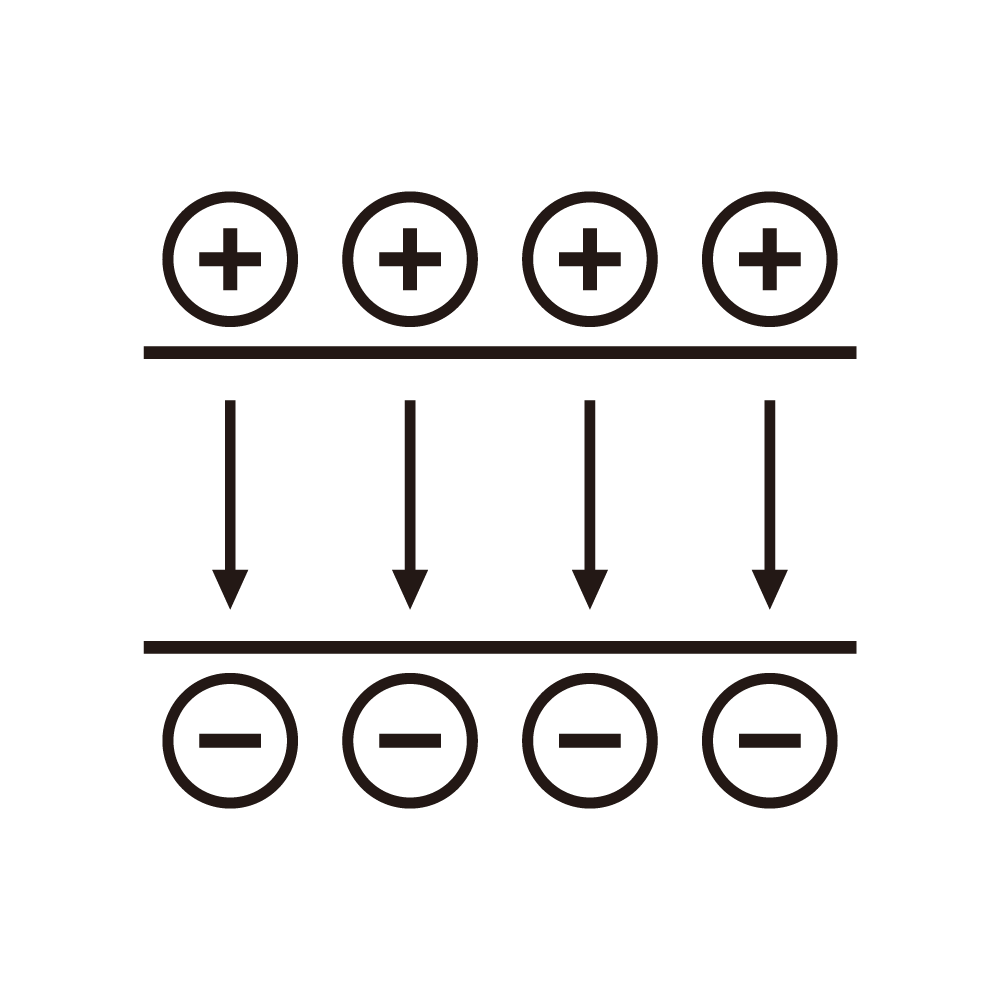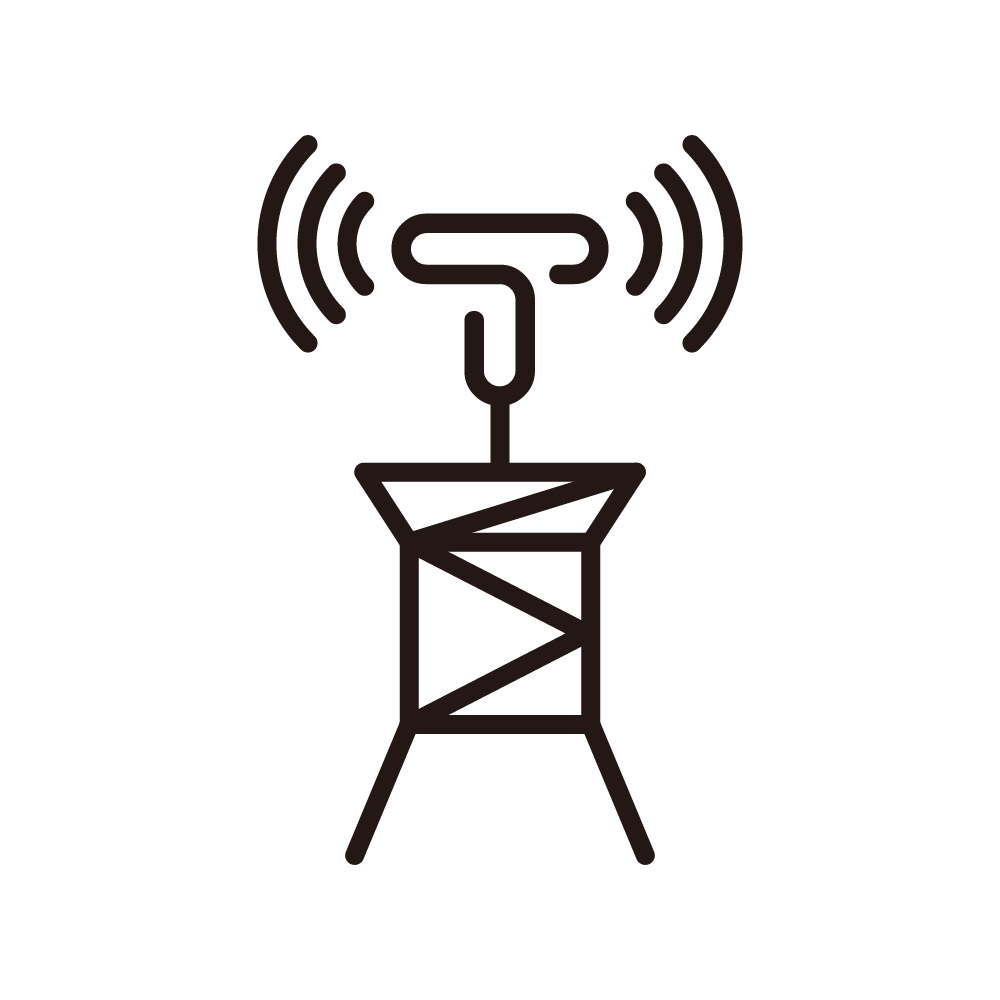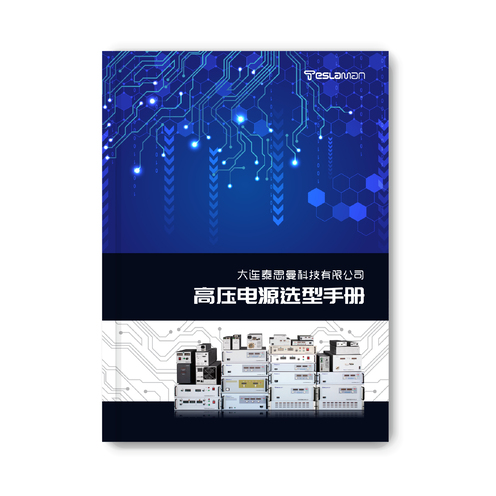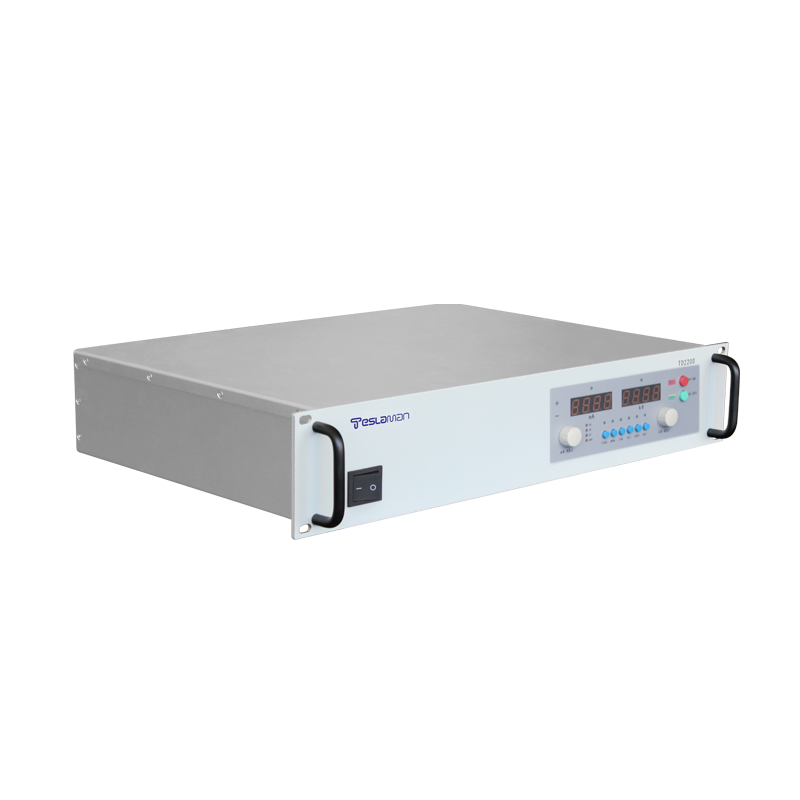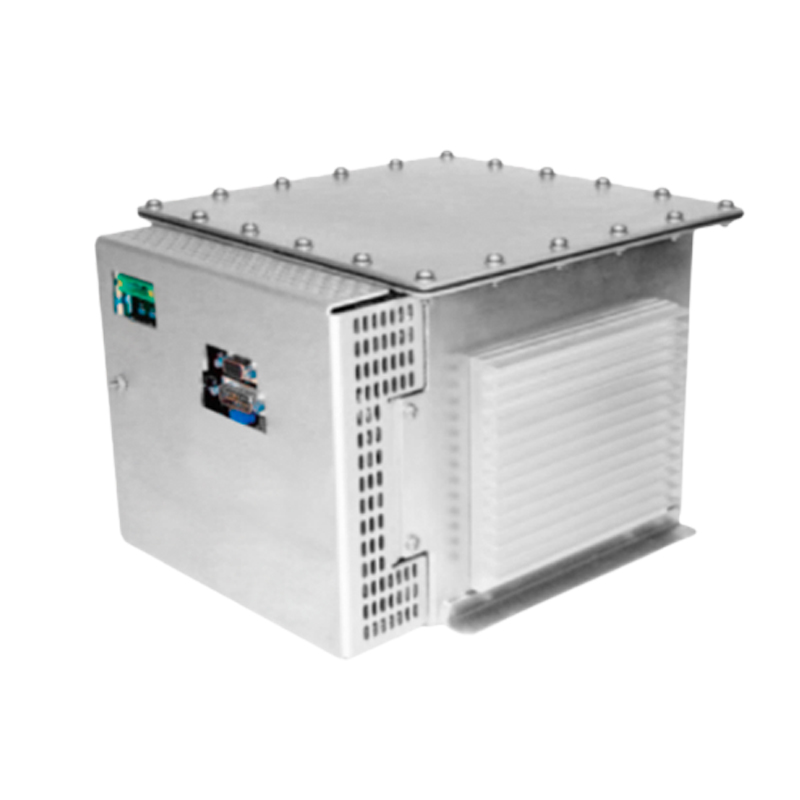Monitoring of High-Voltage Power Supplies for Irradiation Sterilization: Technical and Application Analysis
Introduction
Irradiation sterilization is a technology that uses high-energy radiation (such as γ-rays, X-rays, or electron beams) to sterilize and disinfect food, medical devices, pharmaceuticals, and other products. The core principle involves destroying the DNA or RNA of microorganisms using high-energy particles to eliminate pathogens. In this process, high-voltage power supplies serve as a critical component of irradiation equipment, providing stable high voltage to accelerators or radiation sources. To ensure the safety and effectiveness of the irradiation sterilization process, real-time monitoring of high-voltage power supplies is essential. This article explores the monitoring of high-voltage power supplies for irradiation sterilization from three aspects: technical principles, monitoring methods, and practical applications, while analyzing optimization strategies.
1. Technical Characteristics of High-Voltage Power Supplies for Irradiation Sterilization
Irradiation sterilization equipment typically relies on electron accelerators or radioactive isotopes (such as cobalt-60) as radiation sources. Electron accelerators require high-voltage power supplies to generate high-energy electron beams. The main technical characteristics of high-voltage power supplies in irradiation sterilization include:
1. High Voltage Output
Electron accelerators generally require voltages of hundreds of thousands of volts or higher to accelerate electron beams to near-light speeds. Therefore, high-voltage power supplies must have high-voltage output capabilities.
2. High Stability and Low Ripple
Fluctuations in the output of high-voltage power supplies can directly affect the energy distribution of electron beams, thereby influencing the uniformity and accuracy of irradiation doses. Thus, power supply design must minimize ripple and enhance long-term operational stability.
3. Precise Energy Control
Different materials and products have varying irradiation requirements, necessitating fine voltage adjustments from the high-voltage power supply to meet different dose needs.
4. Fast Response Capability
In dynamic irradiation processes, it may be necessary to quickly adjust electron beam energy based on the thickness or density of the target material. The dynamic response speed of the high-voltage power supply determines the efficiency and smoothness of the switching process.
5. Safety Protection Mechanisms
During operation, high-voltage power supplies may face risks such as overvoltage, overcurrent, or short circuits. Comprehensive protection circuits are required to ensure the safety of both equipment and operators.
2. Monitoring Methods for High-Voltage Power Supplies in Irradiation Sterilization
To ensure the safety and effectiveness of the irradiation sterilization process, real-time monitoring of high-voltage power supplies is crucial. Below are several common monitoring methods and their technical implementations:
1. Real-Time Monitoring of Output Voltage and Current
The output voltage and current of high-voltage power supplies are core indicators of their performance. Real-time monitoring can be achieved through the following methods:
High-Precision Sensors: Hall-effect sensors or voltage dividers are used to measure output voltage and current, with data transmitted to the control system.
Closed-Loop Feedback Control: Dynamically adjust power supply output based on real-time data to ensure stability within the set range.
Alarm Mechanism: Trigger an alarm signal and automatically cut off high-voltage output when voltage or current exceeds allowable limits.
2. Ripple and Noise Monitoring
Ripple and noise can interfere with the stability of electron beams, thereby affecting irradiation results. Monitoring methods include:
Spectrum Analyzers: Used to analyze high-frequency components in the output signal to identify ripple and noise sources.
Filter Circuit Optimization: Reduce ripple through multi-stage filter circuits and further suppress noise using software algorithms.
3. Temperature and Environmental Monitoring
Changes in ambient temperature can significantly impact the performance of high-voltage power supplies. Monitoring methods include:
Temperature Sensors: Installed on key components (e.g., transformers and power modules) to monitor temperature changes in real time.
Compensation Mechanism: Dynamically adjust output parameters through temperature compensation circuits to respond to environmental temperature fluctuations.
4. Fault Diagnosis and Prediction
Failures in high-voltage power supplies may interrupt the irradiation process or even cause safety incidents. Monitoring methods include:
Online Diagnostic Systems: Regularly check the status of the power supply through built-in self-test programs, such as insulation performance and the operating conditions of switching elements.
Predictive Maintenance: Use big data analysis and artificial intelligence algorithms to predict potential failures based on historical operational data and take preventive measures.
5. Indirect Monitoring of Irradiation Dose
Although irradiation dose is directly determined by radiation intensity, the output parameters of high-voltage power supplies significantly influence it. By monitoring the stability and consistency of power supply output, the uniformity of irradiation dose can be indirectly evaluated. For example:
Dosimeter Calibration: Periodically verify irradiation dose accuracy using standard dosimeters.
Data Recording and Analysis: Record the operational parameters of high-voltage power supplies and correlate them with irradiation dose results.
3. Practical Applications of High-Voltage Power Supply Monitoring in Irradiation Sterilization
Monitoring of high-voltage power supplies for irradiation sterilization exhibits diverse characteristics in different application scenarios. Below are several typical application cases:
1. Food Irradiation
Food irradiation is widely used to extend shelf life, kill pathogens, and prevent pests. Monitoring of high-voltage power supplies directly affects the uniformity and safety of irradiation doses. For example, real-time monitoring of power supply output ensures consistent irradiation doses for each batch of grains and fruits, avoiding overexposure or underexposure.
2. Medical Device Sterilization
Medical devices (e.g., syringes, surgical tools) require extremely high sterilization standards, often achieved through electron beam or γ-ray irradiation. The stability of high-voltage power supplies directly impacts sterilization effectiveness. For instance, monitoring power supply output ensures that each disposable syringe receives sufficient irradiation dose during production.
3. Pharmaceutical Irradiation
Pharmaceutical irradiation is primarily used to kill microorganisms and viruses while avoiding chemical residues. Precise monitoring of high-voltage power supplies ensures that irradiation doses meet pharmacopeial standards without damaging active ingredients. For example, sensitivity of the monitoring system is critical during the irradiation of vaccines and biologics.
4. Industrial Material Modification
In industrial applications, irradiation technology is used for polymer cross-linking, surface modification, and other processes. Monitoring of high-voltage power supplies not only affects irradiation results but also relates to production efficiency. For example, real-time monitoring of power supply output during cable insulation irradiation cross-linking optimizes process parameters and improves product quality.
4. Optimization Strategies for Monitoring High-Voltage Power Supplies in Irradiation Sterilization
To further enhance the monitoring capabilities of high-voltage power supplies for irradiation sterilization, optimizations can be made in the following areas:
1. Intelligent Monitoring Systems
Introduce artificial intelligence algorithms to analyze operational data of high-voltage power supplies in real time and predict potential issues. For example, machine learning models can predict load changes and optimize output parameters.
2. Modular Design
Divide the monitoring system into multiple functional modules for flexible configuration and expansion based on specific needs. For example, add independent ripple monitoring modules to support more complex monitoring requirements.
3. Efficient Thermal Management
Heat generated during the operation of high-voltage power supplies may affect their stability, so thermal design needs to be optimized, such as using a combination of liquid and air cooling.
4. Electromagnetic Compatibility Improvements
Electromagnetic interference may occur during the operation of high-voltage power supplies, affecting the normal operation of other equipment. By optimizing circuit layout and shielding measures, interference can be effectively reduced.
5. Redundant Design
Introducing redundancy in key components (such as sensors and controllers) enhances system reliability and fault tolerance.
5. Conclusion
Monitoring of high-voltage power supplies for irradiation sterilization is a critical link in ensuring the safety and effectiveness of the irradiation process. By reasonably selecting monitoring methods, optimizing designs, and combining them with practical application scenarios, the performance of irradiation sterilization systems can be significantly improved. With the continuous emergence of new materials and processes, the technology of high-voltage power supplies will continue to evolve, bringing more possibilities to irradiation sterilization technology. In the future, intelligent, modular, and efficient monitoring systems will become mainstream trends, driving irradiation sterilization technology to new heights.
